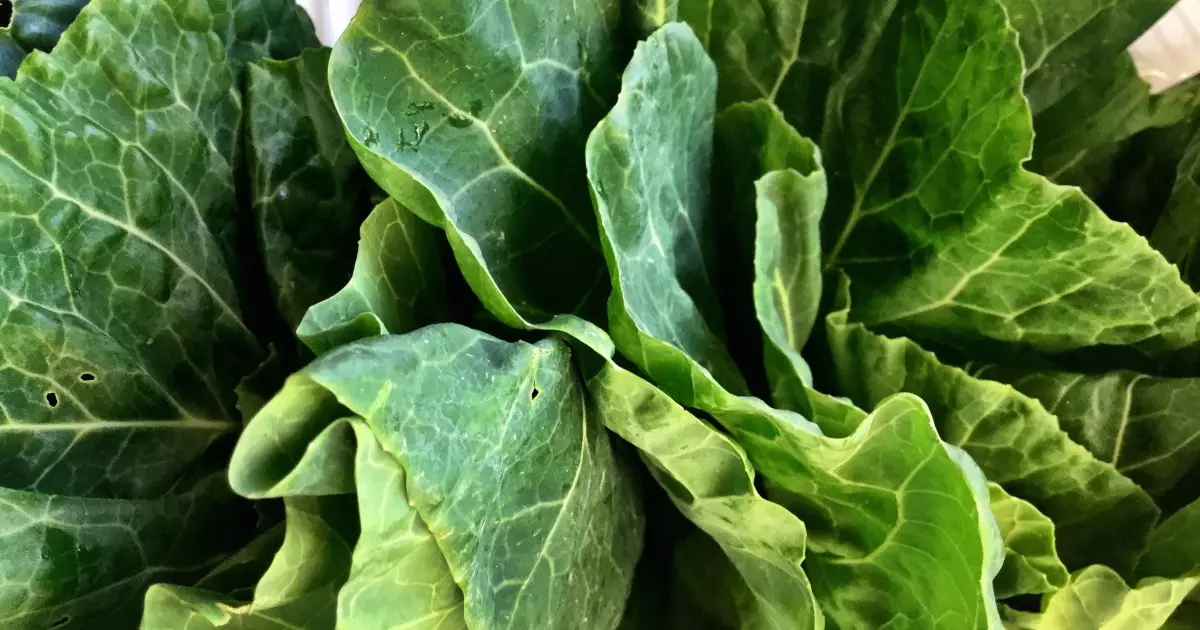When exploring what foods are safe and healthy for our canine companions, the conversation often pivots to greens. Among these, collard greens emerge as an intriguing option. While they are not universally harmful to dogs, the nuances of their consumption deserve critical attention. They are rich in essential vitamins—A, C, K—alongside minerals and dietary fiber that could benefit our pets. However, it’s crucial to acknowledge that not all dogs react the same way to this leafy green and that certain precautions must be taken to ensure their safety.
Nutritional Insights: A Powerhouse of Goodness
Collard greens can be considered a superfood in the canine diet. Packed with nutrients, they contribute to a dog’s overall health, supporting immune function and promoting healthy digestion. The fiber content can encourage regular bowel movements, but this benefit comes with a catch. Proper preparation and serving size are imperative. Simply tossing raw collard greens to your dog might lead to digestive upset or, worse, stomach discomfort. This brings us to the importance of how we prepare and serve these greens. Steaming tends to be the most effective method to break down tough fibers, making them easier for dogs to digest.
Caution: Potential Risks Lurking Within
Despite their nutritional benefits, collard greens also harbor compounds that may pose risks, particularly for dogs with pre-existing health conditions. The presence of isothiocyanates and calcium oxalate raises red flags, especially for dogs prone to kidney stones or dietary sensitivities. For pets experiencing bladder or kidney issues, even the smallest amount of collard greens could exacerbate their condition. Therefore, consulting with a veterinarian before introducing this food is not just advisable; it’s essential.
It’s also worth noting that collard greens prepared with added salt, oil, or seasoning should be strictly avoided. While these indulgences may enhance the flavor for us, they can lead to serious health complications for our dogs, including salt poisoning.
Serving Suggestions: How to Include Collard Greens Safely
If you decide to take the plunge and introduce collard greens into your dog’s diet, start with a small amount. A general recommendation is no more than half a cup per day. However, this rule varies based on your dog’s size and dietary needs. Smaller breeds should receive a quantity that is proportionate to their size to prevent adverse reactions. Always chop the greens into smaller pieces before mixing them with daily food, ensuring your dog can easily consume and digest them.
Ultimately, the road to safely including collard greens in a dog’s diet involves proper preparation, portion control, and the critical step of veterinary consultation. Dogs, like humans, have individual dietary needs, and what may suit one dog may not necessarily benefit another. By staying informed and mindful, you can navigate the rich landscape of pet nutrition, promoting health while keeping your furry friend safe.

